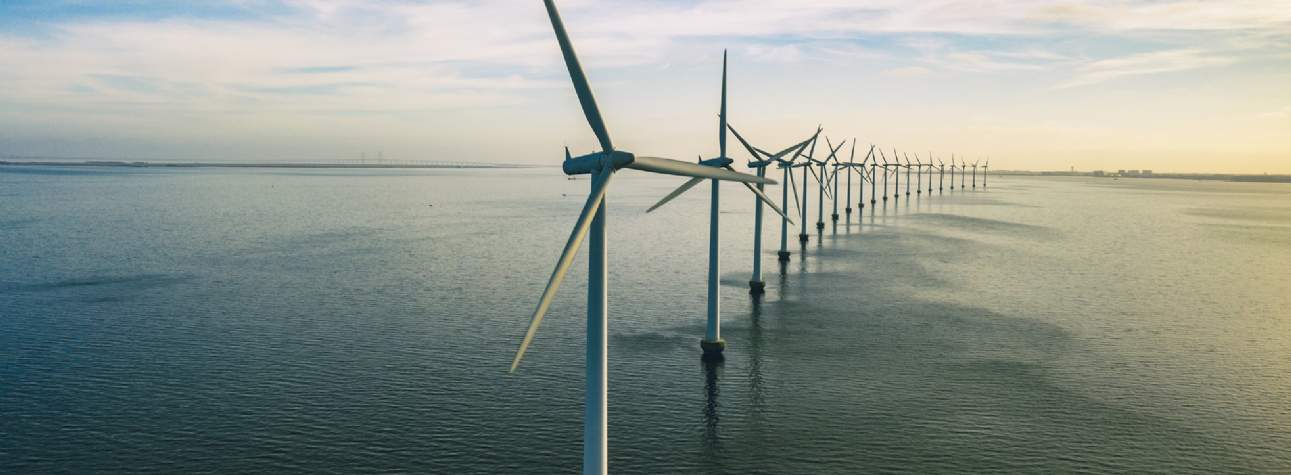The final week of February 2024 marked UK Hydrogen Week, focused on hydrogen’s role in the UK’s journey towards net zero, an apt time to explore its potential, applications and challenges in decarbonisation and well as the solutions it might offer for curtailment in the UK.
What is curtailment?
A world class fleet of turbines is growing around and off the coastlines of the UK, generating large volumes of affordable and secure renewable energy. However, the transmission and distribution infrastructure required to deliver this renewable generation has not kept pace with consumer demands, leaving significant volumes of power wasted. This ‘curtailment’, when wind generators are instructed by the network operator to disconnect from the grid due to constraints on our power system, is a costly and inefficient challenge facing our energy mix.
Since 2021, grid constraints have cost consumers over £2 billion through curtailment payments according to the Policy Exchange. In 2022 alone, £210 million of curtailment payments were made to renewable generators under contract. The UK’s offshore wind resource is expected to expand from 15GW to 50GW by 2030, meaning we are on track for a five-fold increase in curtailment. This is the equivalent of wasting the annual electricity consumption of more than five million homes.
As we become more reliant on energy these problems are set to increase. Despite batteries having a role to play, they only store electricity for comparatively short periods of time, usually two to four hours. Therefore, in order to make significant progress reducing the UK’s curtailment numbers a different solution is required.
Is the solution hydrogen?
It is envisioned that low-carbon hydrogen is one solution to this curtailment challenge having a major role in flexible power generation and long-duration energy storage.
Hydrogen production through electrolysis can utilise otherwise curtailed electricity to split water into hydrogen and oxygen. The green hydrogen generated can be used to decarbonise various different sectors including heavy industry, heat and transport. Additionally, hydrogen, acting as an energy vector, can store energy when the transmission system is constrained and release it back into the grid when demands are high.
What are the challenges?
While hydrogen shows significant promise, substantial obstacles remain, including its physical properties, high infrastructure costs, and reduced efficiencies associated with the conversion back to electricity. Additionally, it is critical that large scale, cost effective storage solutions are developed alongside the growing implementation of hydrogen.
Despite these challenges, we remain hopeful that with research, supportive policies and public buy in, these challenges can be overcome. Unlocking hydrogen as solution would reduce the curtailed renewable energy, relieve pressure on consumer bills, and accelerate the development of a critical, emerging sector in our low-carbon economy.
Further information
Contact Nick Green

.jpg)

.jpg)
.jpg)
.jpg)
.jpg)
.jpg)

.jpg)
.jpg)